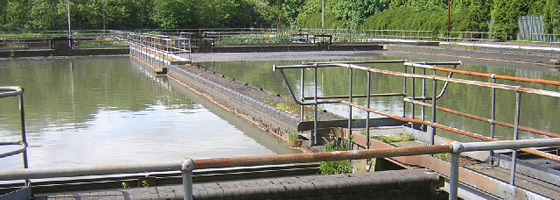Optimizing Industrial Pretreatment with Real-Time Monitoring

Wastewater treatment professionals know all too well that what most people take for granted — the constant availability of fresh, clean water — is truly a delicate resource. The influent of wastewater treatment plants is expected to carry materials considered harmful, but when the amounts of contaminants overwhelm the plant, it can cause serious health risks, resulting in possible permit violations and sometimes the need for investigation.
Industrial toxic effluent poses one of the greatest threats to wastewater treatment operations because the sudden rapid introduction of toxins can overwhelm a system, threatening its efficiency, possibly bringing operations to a standstill.
While EPA regulations are in place to ensure that water meets standards for safe consumption, wastewater professionals are responsible for ensuring these standards are adhered to. Constant testing and monitoring of various influent points is the best way to prevent sudden disruptions.
However, it is impossible and time consuming to constantly monitor water quality with traditional sampling and testing methods. Don Calvert, head of the industrial waste sampling and analysis program for the City of Akron, Ohio can attest to this. In a city that contains a number of manufacturing industries, he and his staff must monitor pH, temperature, cyanide, organics, and metals of industrial effluent, a process that can be both time consuming and dangerous.
With assistance from Fondriest Environmental on equipment recommendations and training, Calvert found he and his staff were able to significantly reduce the amount of time and resources needed to monitor water quality at the Akron location by using real-time monitoring systems with multi-parameter water quality sondes. The pairing of these technologies allows for a constant read of water quality at off-site locations for long, unattended spans of time.
Calvert deployed ten YSI 6920 water quality sondes at key locations. Each sonde contain ports for multiple measurement probes, allowing the system to collect parameter data including dissolved oxygen, temperature, conductivity, turbidity, pH, and algae levels. The systems can be powered by internal batteries and equipped with anti-fouling wipers to further extend deployment times.
Advanced data collection can be achieved with a NexSens data logger, which offers numerous real-time telemetry options and can interface with a vast array of sensor systems, including multi-parameter sondes. NexSens iSIC data loggers are able to transmit data through landline phone, cellular, radio, Ethernet, Wi-Fi, or satellite telemetry. NexSens submersible data loggers are also available for harsher environments.
Pairing a data logger to NexSens iChart software for Windows allows more control of the data output process and takes most of the labor out of data organization. The software generates reports in multiple formats and can publish the information to platforms including an Internet Web data center hosted by NexSens. Especially useful for wastewater treatment monitoring where accidents can occur at any time, the program can be configured to send alarms via email, text message, or other means to notify users that water data is reading outside of predefined parameters.
Image Credit: geograph





0 comments